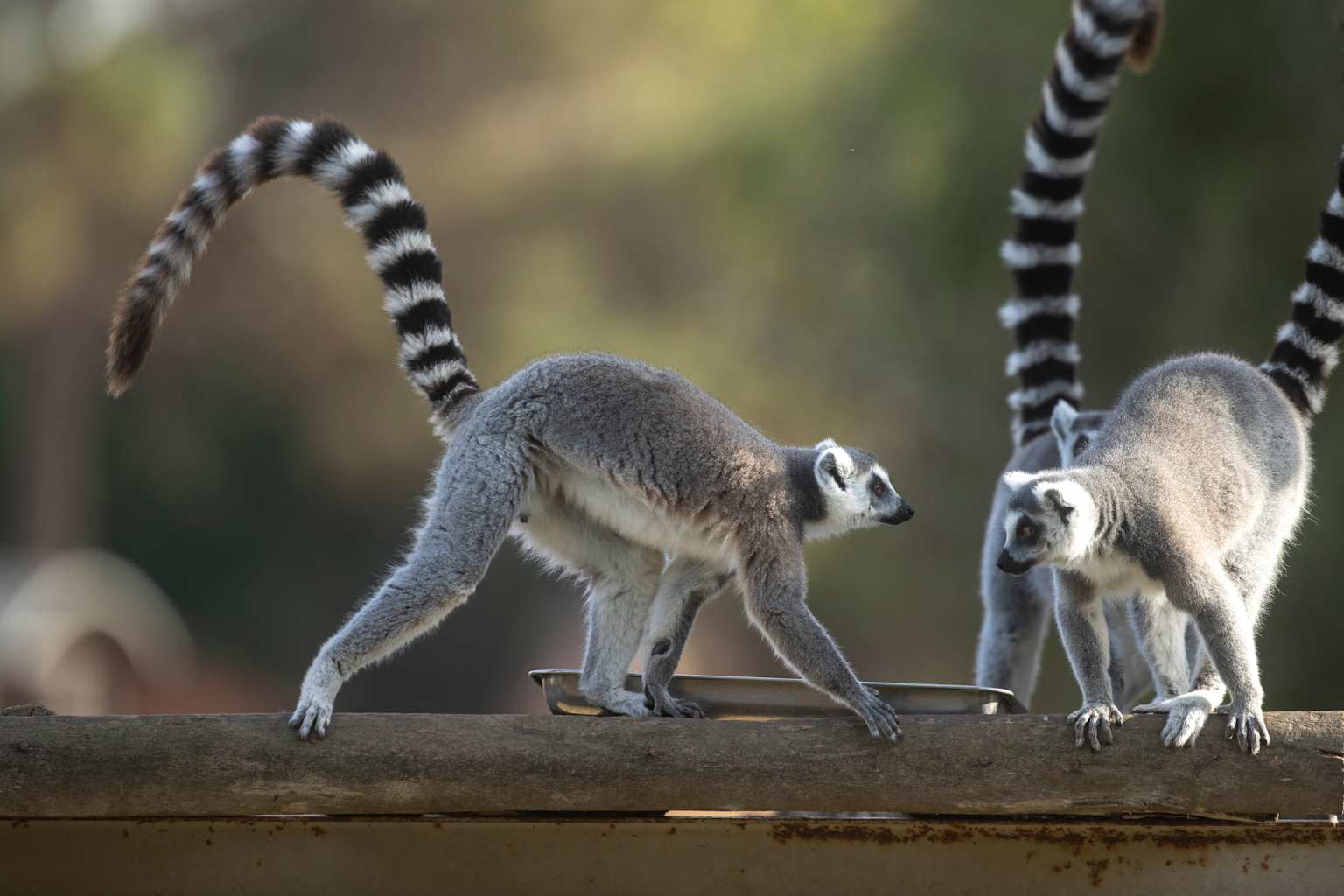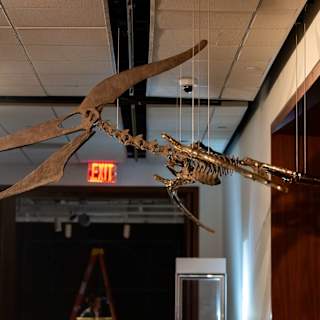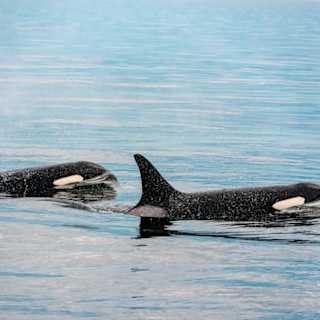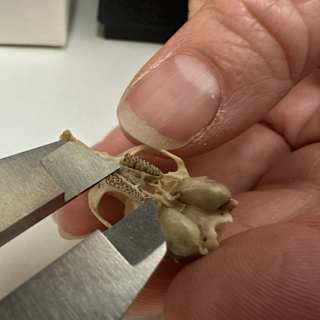- Study Reveals Complex Social Dynamics
- Methodology and Broader Context
- Implications for Understanding Social Evolution
A comprehensive study of primate societies has found that the archetypal alpha male—the dominant figure that rules through aggression and controls mating access—is far from universal across species. The research, published this month, challenges long-held assumptions about male dominance patterns in the primate world.
The five-year study examined 253 populations across 121 primate species, revealing that clear male-female dominance hierarchies vary dramatically among different groups. Rather than confirming the prevalence of alpha male systems, the data suggests these arrangements represent just one of many social structures found in primate communities.

Researchers from the Max Planck Institute spent five years compiling behavioral data from diverse primate populations, including monkeys, lemurs, and tarsiers12. The study focused on male-female aggression patterns and social hierarchies across species ranging from baboons to smaller primates.
"The findings show that clear male dominance is not as widespread as commonly believed," according to research published in Phys.org3. The data indicates that many primate societies operate under more egalitarian structures or female-dominated hierarchies, contradicting popular narratives about universal male dominance.
The research builds on earlier studies that have questioned traditional views of primate social organization. In 2023, separate research suggested that early primates likely lived in pairs rather than male-dominated groups1. The current study expands this understanding by examining contemporary populations across multiple continents.
The timing coincides with other recent research highlighting the costs of alpha male status. A January 2025 study found that alpha male baboons experience higher stress levels and energy demands than their lower-ranking counterparts23. These physiological costs suggest that dominance positions may not always provide the advantages traditionally assumed.
The findings contribute to a growing body of research suggesting that primate social organization is more flexible than previously understood. Recent studies have shown that hierarchy steepness varies substantially within and across species, with some groups displaying more tolerant social structures1.
The research also challenges assumptions about the evolutionary basis of social dominance. While alpha males in some species do monopolize mating opportunities, the new data suggests this pattern is not universal across primate societies.
"Being alpha really has energy consequences," noted researcher Laurence Gesquiere in related work on baboon hierarchies2. The combination of social costs and the apparent rarity of clear alpha systems suggests that primate societies may be more complex and varied than traditional models indicate.



